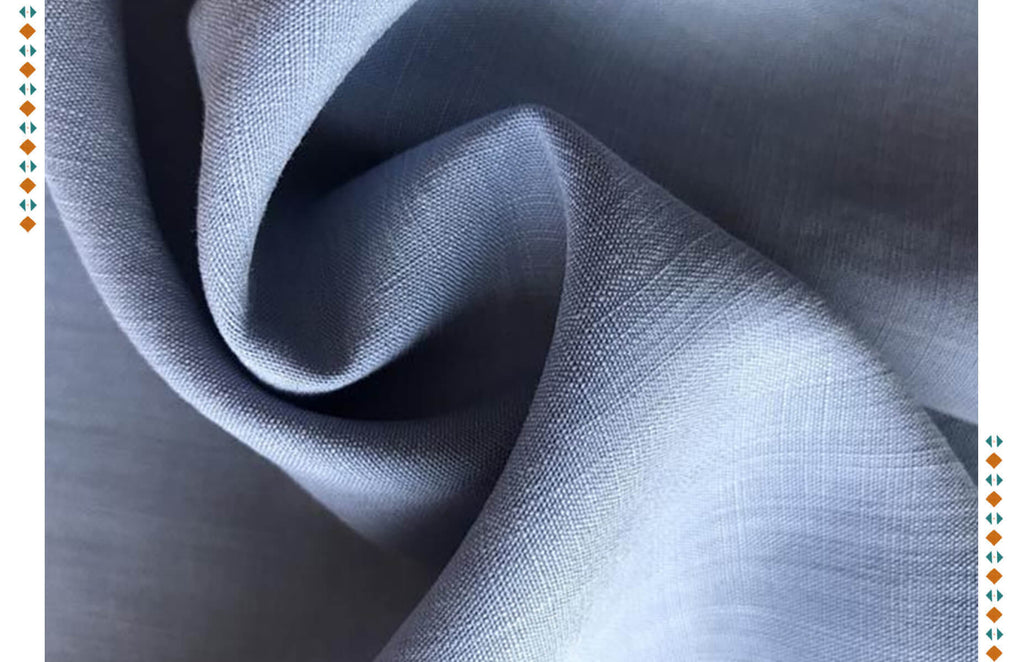What is Lyocell Fabric?
- Lyocell is a type of semi-synthetic fabric made by mixing wood cellulose with synthetic materials.
- Because it comes from plants, it is sometimes called a natural fiber, but in the textile industry, it is called a cellulosic fiber.
- Fabrics made of lyocell and rayon are chemically equivalent since lyocell is a derivative of rayon. However, the manufacturing procedure for each kind of fiber is somewhat distinct from one another.
- During the manufacturing process of rayon, an indirect solvent is used. On the other hand, the creation of lyocell utilizes a direct solvent. A process known as solvent spinning is used in the production of lyocell.
- As a consequence, it does not significantly affect the cellulose molecule's chemical structure.
- In contrast, rayon is made through a process called extrusion, which doesn't give the same results.

History
- The American Enka Fibers factory in North Carolina is credited with the first development of Lyocell in the year 1972.
- Even though the factory has been closed since 2003, their work was praised by the American Association of Textile Chemists and Colorists (AATCC) in 2003.
- They won the Henry E. Millson Award for Invention that was given out that year.
- The fiber was known as Newcell in the early stages of its development in American Enka.
- In the 1980s, Courtaulds Fibres in Coventry, which is in the United Kingdom, improved the fiber and started selling it as Tencel.
- In 1991, the rayon facilities owned by Courtaulds in Alabama were the first places in the world to successfully market the lyocell technology.

What Makes it Stand Out
|
Texture |
As it goes through a unique processing step, the lyocell fabric has a more velvety and refined texture. |
|
Breathable |
It has moisture-wicking properties and is breathable. |
|
Pilling |
Applications & Usage
|
Clothing |
Shirt, dresses, undergarments, etc. |
|
Towel, curtains, bedsheets, etc. |
Care Instructions
- It should only be cleaned by hand in cold water or put through the gentle cycle in the washing machine.
- It is recommended to use a mild detergent.
- Rather than using the dryer, hang it to dry.
- Try to avoid ironing. In the event that it is necessary, however, use just a heated iron.

We also happen to be a magnet for suggestions, and would love to catch yours….throw us yours on hello@fabriclore.com





